When it comes to Baroque Architecture we can define 3 distinctive phases that emerged in Europe. This exuberant, theatrical, and extremely decorative took the main elements of Renaissance buildings and made them grandiose in comparison, especially the domes and the columns.
Baroque buildings first emerged in Rome and can be found all across the world as well. The style eventually spread to Russia and the colonies of Spain and Portugal in Latin America as well.
The 3 phases of Baroque architecture are:
- Early Baroque (1584–1625) – Started in Rome so only includes works of architects in the Italian capital.
- High Baroque (1625–1675) – Became dominant in Rome and also spread to France.
- Late Baroque (1675–1750) – First spread all across Europe and eventually around the world.
Baroque architecture was eventually replaced by the even more exuberant Rococo style which emerged in Central and Neoclassical architecture and became the dominant style in the late 18th and early 19th centuries.
Let’s take a closer look at some structures that define the extensive Baroque period in the world of architecture.
1. Church of the Gesù
The Church of the Gesù is the mother church of the Jesuits, a religious order of the Catholic Church that was established in the year 1540. It was built on the orders of Saint Ignatius of Loyola, the founder of the order, between 1551 and 1584.
What’s remarkable about this Early Baroque structure is that it incorporated a truly Baroque façade into its design, the first of its kind in the history of Baroque architecture. This church served as the model for numerous Jesuit churches all around the world.
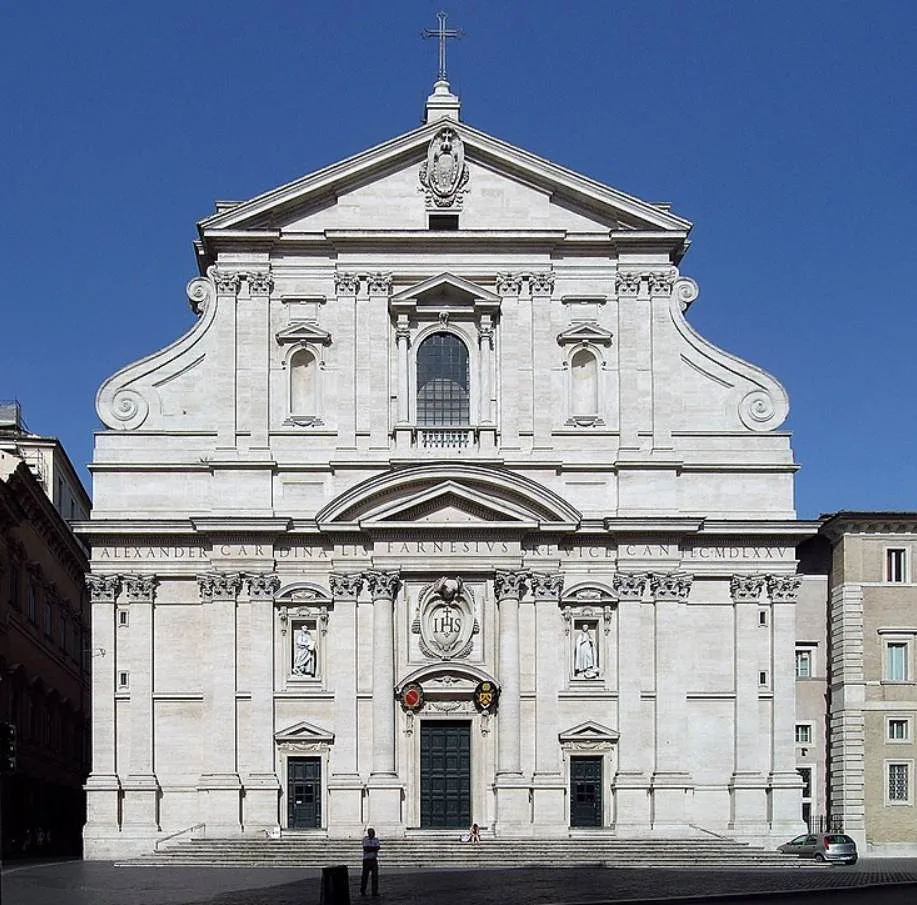
2. St. Peter’s Basilica
St. Peter’s Basilica is one of the most famous churches in the world and was built at a monumental scale in multiple phases. This means that its original Renaissance features were incorporated into the Baroque elements in the final phases.
The elaborately decorated interior of the church was the work of founding the father of Baroque sculpture, Gian Lorenzo Bernini (1598-1680). The façade was designed by Carlo Maderno (1556-1629), an equally renowned architect of the Baroque era.

3. San Carlo alle Quattro Fontane

San Carlo alle Quattro Fontane is another church located on Quirinal Hill in Rome that can be described as one of the ultimate masterpieces of Baroque architecture. It was the first solo commission of Baroque architect Francesco Borromini (1599-1667).
The design of the church was quite unusual at the time because Borromini had to integrate several curves and ovals. This was because the church was built in a small space on the corner of an intersection. The result is an extremely strange pattern that moves up towards a dome with an oval pattern.
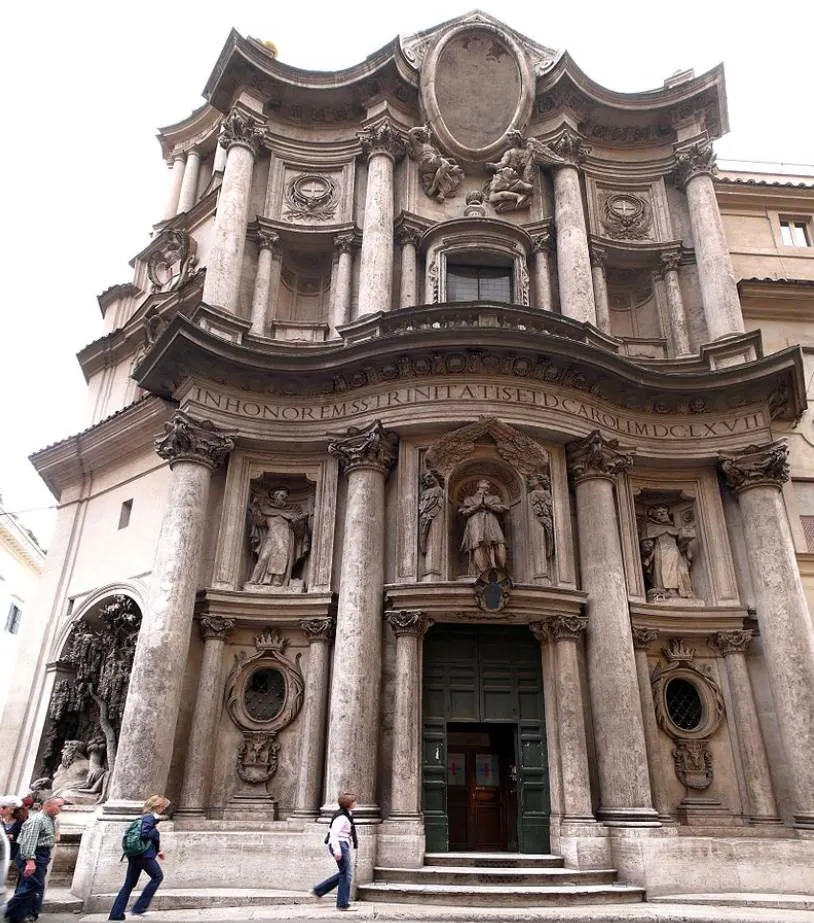
4. Palace of Versailles
The Palace of Versailles is the ultimate example of the exuberant French Baroque style. The astounding palace is located just outside of Paris and was transformed from a simple hunting lodge to one of the most opulent palaces in the world in the late 17th century and early 18th centuries.
King Louis XIV loved the palace so much that he moved the French court here in 1682. Just before this event, the most fantastic Baroque structure at the palace was built called the Hall of Mirrors, the epitome of Baroque architecture in France.

5. Karlskirche
Karlskirche or “St. Charles Church” is officially known as the Rektoratskirche St. Karl Borromäus and is an astounding Baroque building that dominates the Karlsplatz in Vienna.
Just like San Carlo alle Quattro Fontane, it was dedicated to Saint Charles Borromeo, a prominent figure of the Catholic Counter-Reformation of the 16th century. Apart from its astounding dome, it also features two immense columns that resemble Trajan’s Column in Rome.
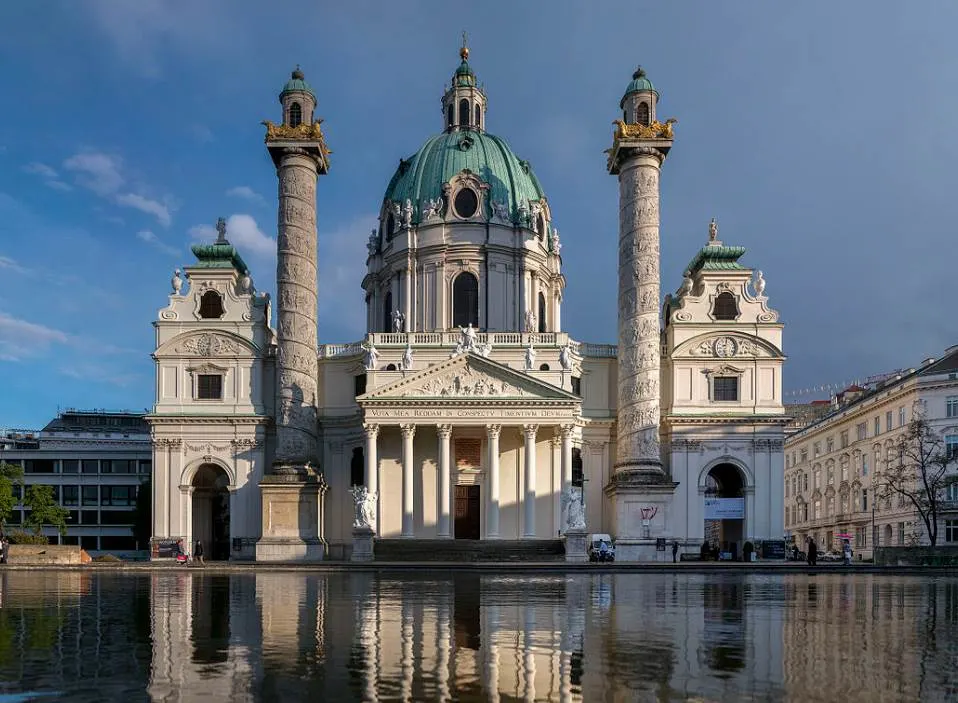
6. St. Paul’s Cathedral
St. Paul’s Cathedral is the seat of the Bishop of London and the mother church of the Diocese of London. It’s also one of the most famous structures in the city and the epitome of Baroque architecture in England.
It was designed by Sir Christopher Wren (1632-1723), one of the most renowned architects in English history. Its elevated position on Ludgate Hill, the highest position in the City of London, makes it look very impressive as well.
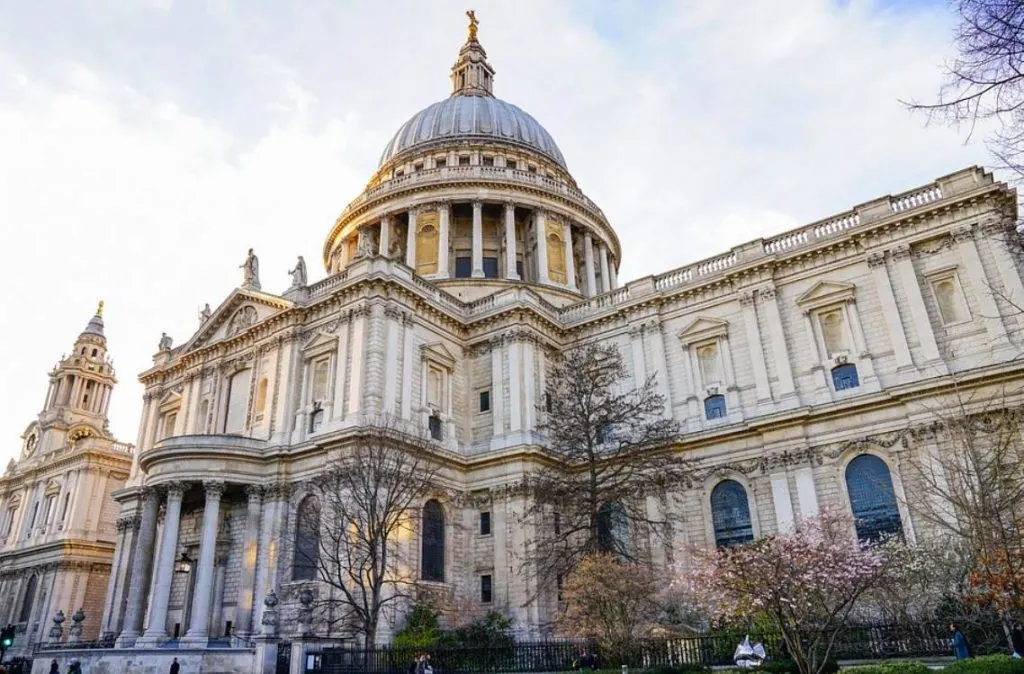
7. Les Invalides
Les Invalides is a complex of buildings that were originally built as a military hospital, not too far from the Eiffel Tower in Paris. The most prominent building is a church called the “Dôme des Invalides.”
This amazing domed structure is the final resting place of Napoleon Bonaparte and served as the private chapel for the King of France during the Ancien Régime. It’s also a prime example of French Baroque architecture.
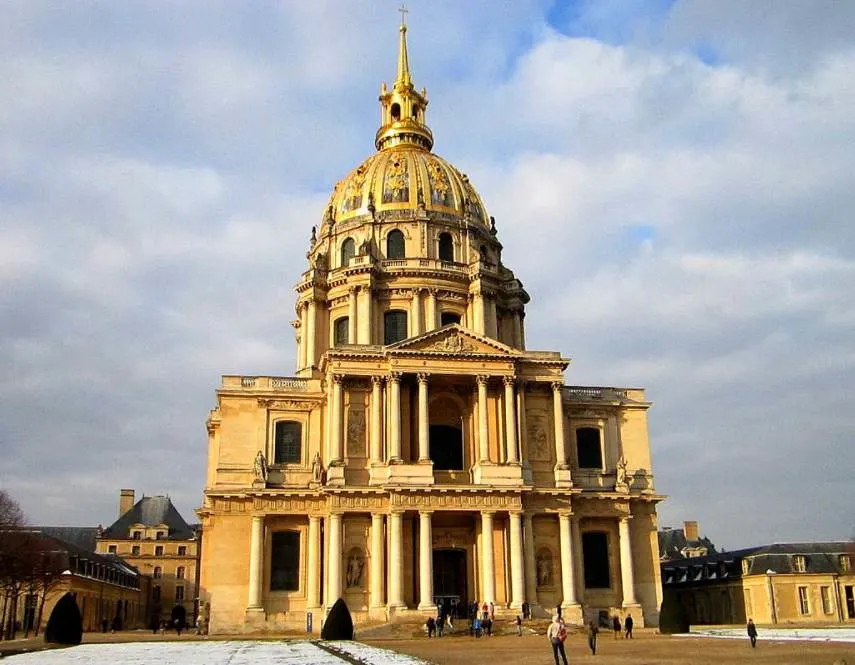
8. Cathedral of Santiago de Compostela
The Cathedral of Santiago de Compostela is world-famous for being built on top of the final resting place of Saint James, one of the apostles of Jesus Christ. In this respect, it served as the endpoint of the Way of Saint James, a popular pilgrimage in Europe.
It’s another building that was built for multiple centuries and although it started as a Romanesque building, Gothic and Baroque additions were made to it as well. The main façade is a great example of Baroque architecture in Spain and was completed in 1740.

9. Royal Palace of Madrid
The Royal Palace of Madrid is not only the largest royal palace in Europe with an astounding 3,418 rooms and 135,000 square meters (1,450,000 square feet) of floor space, but it also features a remarkable combination of Baroque and Neoclassical architectural styles.
This palace is the third major structure in this location. It was originally occupied by a 9th-century Moorish Alcázar which was replaced by a massive palace in the 14th century. This palace burned to the ground in 1734 and was replaced by this astounding Baroque building.

10. Blenheim Palace
Blenheim Palace is the country house of the Dukes of Malborough and is located in Woodstock, Oxfordshire, England. Although it’s referred to as a palace, it’s also considered to be the largest house in England.
The building was constructed between 1705 and 1722 and is one of the best examples of the English Baroque architectural style. It’s the birthplace of Sir Winston Churchill and has been a major attraction in the region for multiple centuries.
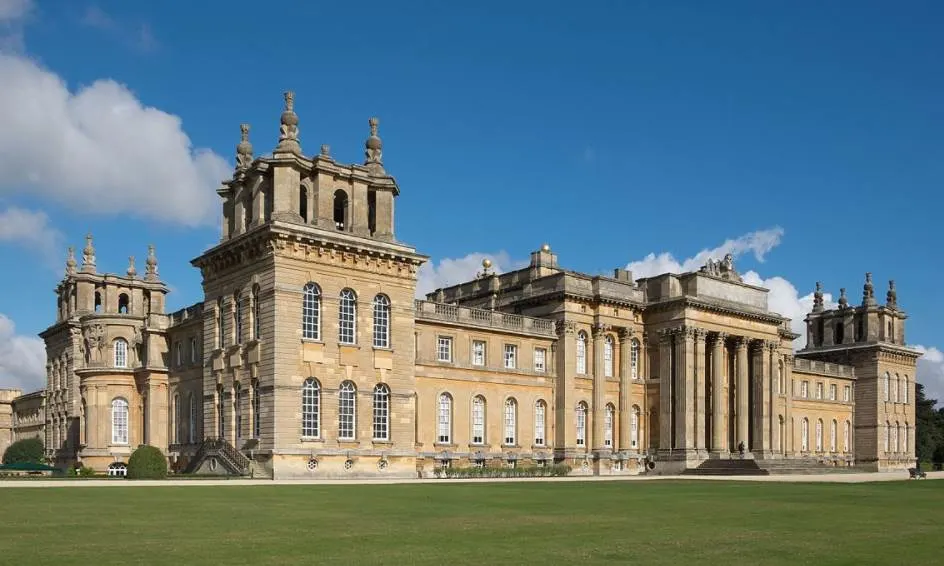
11. Charlottenburg Palace
Charlottenburg Palace is locally known as “Schloss Charlottenburg” and that’s because it’s located in the German capital of Berlin. It’s located in the Charlottenburg-Wilmersdorf borough and was named after the woman who commissioned it, Sophia Charlotte of Hanover (1668-1705).
The central part of the structure is dominated by a domed tower. The first phase of the construction was completed between 1695 and 1713 and the palace was expanded further in the 18th century. It also features an extended garden that was designed in the Baroque style as well.
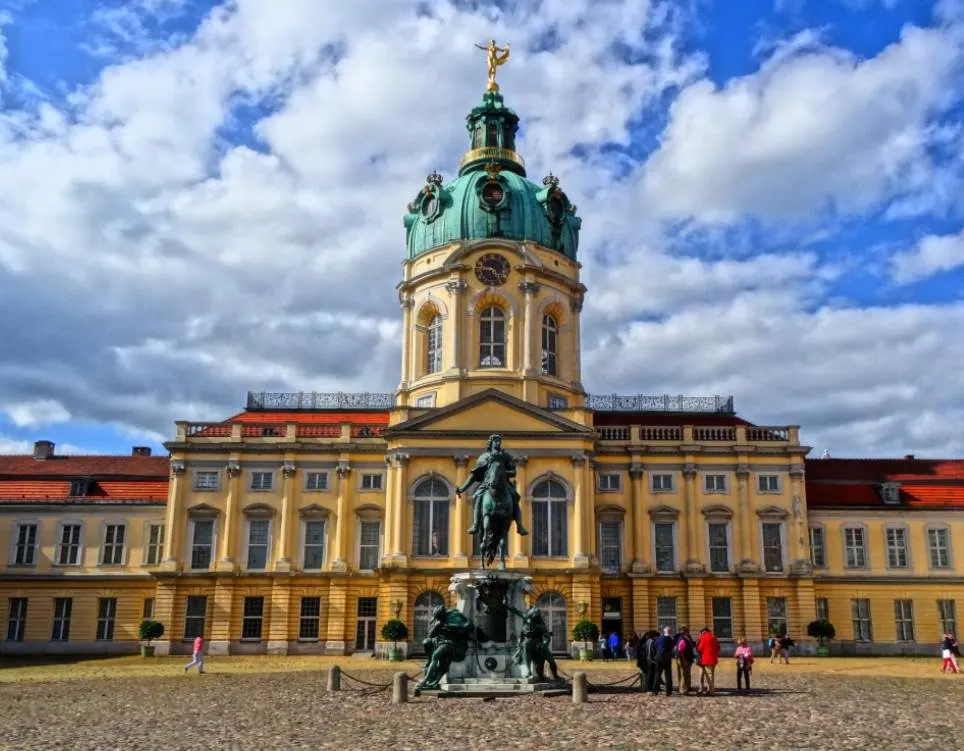
12. Royal Palace of Caserta
The Royal Palace of Caserta is the most opulent building in Southern Italy and was commissioned by the House of Bourbon-Two Sicilies who ruled as Kings of Naples. It was the largest structure to be built during the 18th century and features 1,200 rooms.
The palace became a UNESCO World Heritage site in 1997 and was described by the organization as “the swan song of the spectacular art of the Baroque.” That’s mainly because the palace and its garden create the illusion that it’s even bigger than it already is, a typical feature of Baroque architecture.
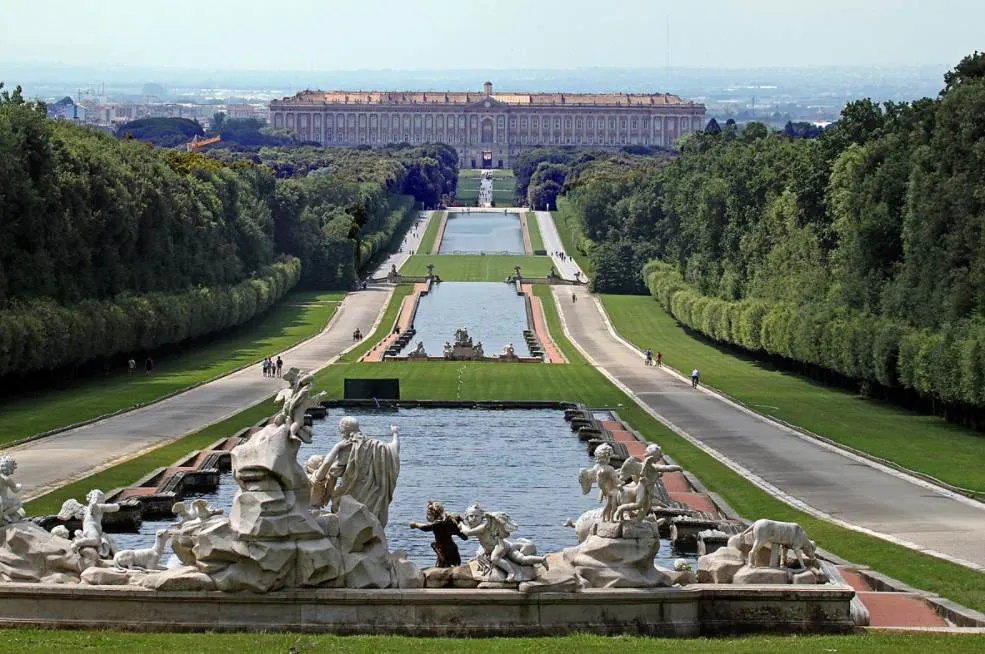
13. Melk Abbey
Melk Abbey is one of the most stunning buildings in Austria. It was established as a Benedictine Monastery in the 11th century and a gymnasium, a Roman Catholic School, was established here in the 12th century. The building has survived multiple devastating events and the school has been continuously operating here ever since.
The Baroque structure we see today was constructed in the early 18th century and was constructed on a rocky outcrop overlooking the Danube River in the town of Melk. The interior looks just as amazing as the exterior as it’s heavily decorated with frescoes and magnificent Baroque architectural elements.
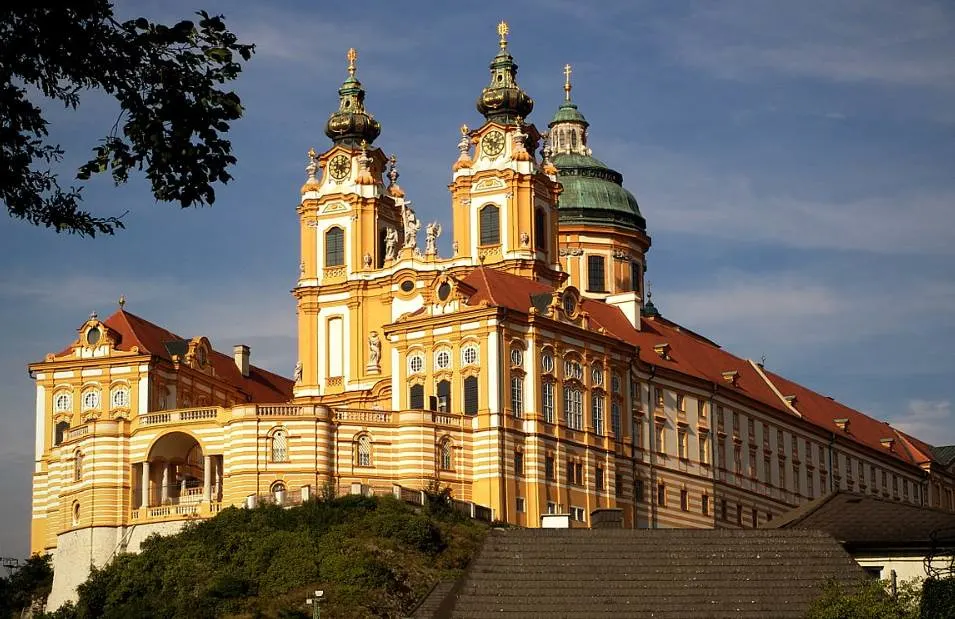
14. Zwinger Palace
Zwinger Palace is a palace complex located just northwest of the historical heart of Dresden, a city in the east of Germany. It was commissioned by Augustus II and constructed between 1710 and 1728. The Elector of Saxony and King of Poland had been inspired by the opulent Palace of Versailles during a visit to France.
The Baroque buildings of this landmark in Dresden were adjoined by a Neoclassical building in the 19th century known as the Semper Gallery. This name is a reference to Gottfried Semper, the man who designed this building. This building houses the Gemäldegalerie Alte Meister, one of the most popular museums of fine art in Germany.

